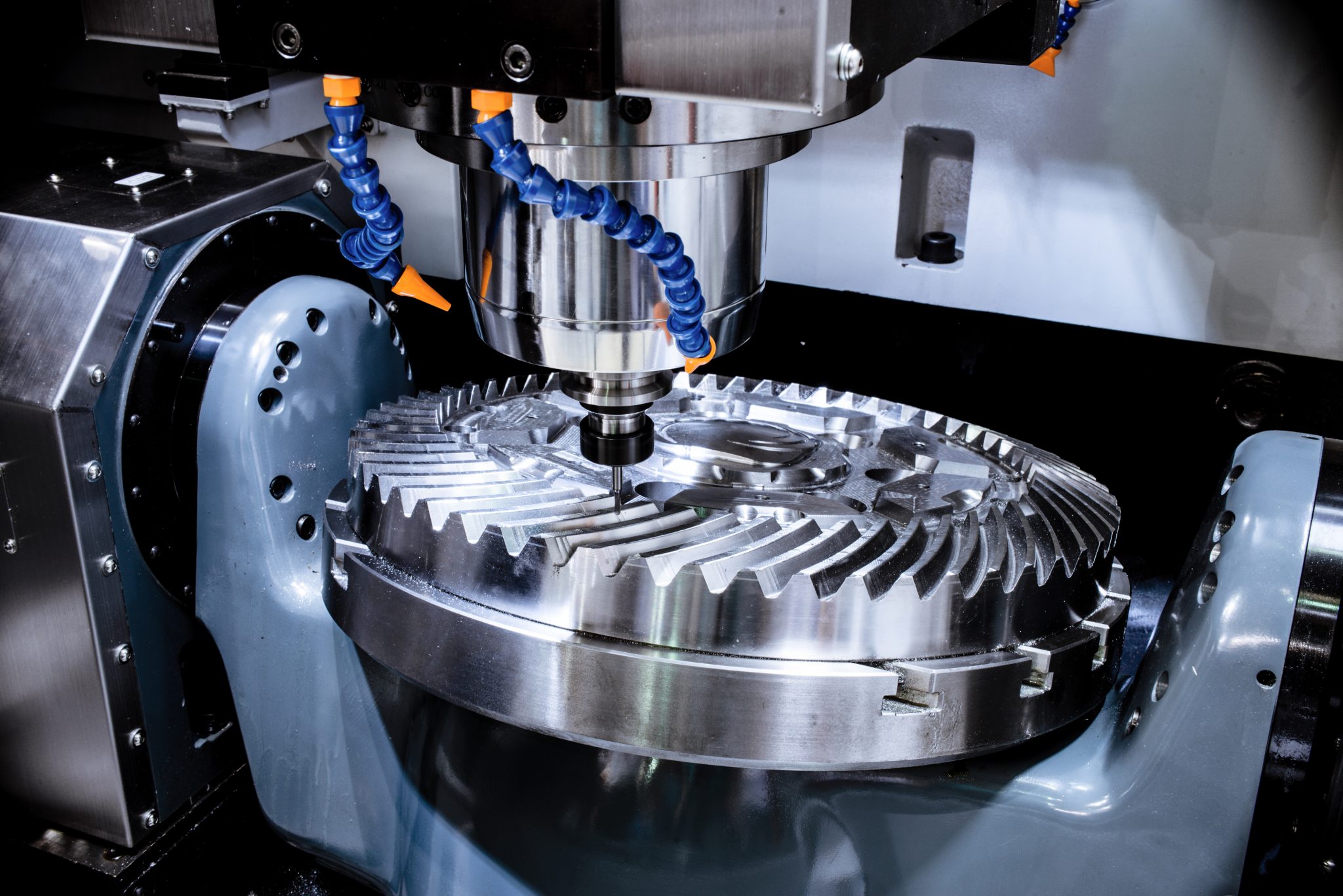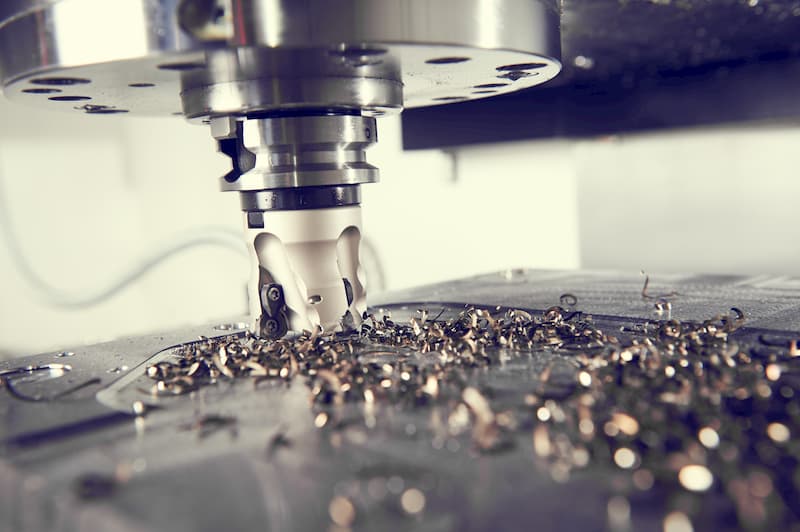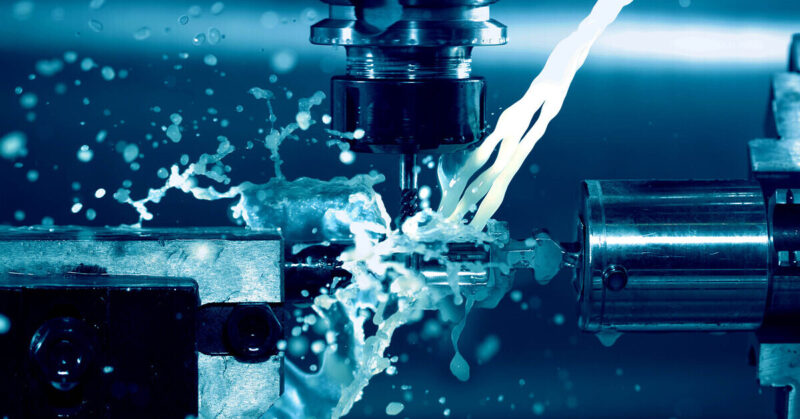Aluminum CNC machining stands at the forefront of modern manufacturing, prized for its lightweight properties and versatility. Yet, delving into this intricate process unveils a series of daunting challenges that can hinder productivity and compromise quality.
From managing cutting tool wear to navigating thermal expansion, the obstacles are as diverse as they are complex. Additionally, the pursuit of precision in machining aluminum presents a tightrope walk between speed and accuracy.
As industries increasingly rely on aluminum components for everything from aerospace to automotive applications, understanding these challenges becomes essential. In this article, we will explore the top hurdles faced in aluminum CNC machining and provide practical strategies to overcome them, ensuring that manufacturers can achieve optimal results and drive innovation forward.
Understanding Aluminum Alloy Characteristics

Understanding aluminum alloy characteristics is essential for effective CNC machining, as varied alloys exhibit distinct properties that influence machinability and final product quality. Aluminum alloys can vary significantly in strength, weight, and corrosion resistance, primarily determined by their specific composition—such as the presence of copper, magnesium, or silicon.
In aluminum CNC machining, for instance, 6061 aluminum is renowned for its excellent weldability and moderate strength, making it a favorite for structural applications, while 7075 offers superior strength but can be more challenging to machine due to its hardness. Additionally, factors such as heat treatment and surface finish play critical roles in the performance of these alloys.
Familiarity with these nuanced characteristics is key; it allows machinists to select the right tools, adjust cutting parameters, and ultimately produce parts that meet precise specifications, mitigating common challenges in the machining process.
Quality Control and Inspection Challenges

Quality control and inspection in aluminum CNC machining present a labyrinth of challenges that can perplex even the most seasoned manufacturers. Ensuring dimensional accuracy is not merely a matter of precision tooling; its an intricate dance of methods and techniques.
Variations in aluminum alloys, for instance, can lead to discrepancies in hardness and machinability, complicating the inspection process. Moreover, the subtleties of surface finish requirements necessitate rigorous testing, as a micrometers difference can significantly affect the final products performance.
The ever-present threat of tool wear and unexpected machine deviations further exacerbates these challenges, prompting the need for a robust inspection protocol. Embracing advanced technologies, like automated inspection systems and real-time monitoring, can help mitigate these issues, ensuring that every component meets the highest quality standards while also enabling manufacturers to stay agile in a competitive landscape.
Future Trends and Innovations

As the landscape of aluminum CNC machining evolves, several future trends and innovations are poised to redefine the industry. First, the integration of artificial intelligence and machine learning is set to enhance process efficiency, allowing for predictive maintenance and optimized toolpath strategies that minimize waste and maximize precision.
Next, advancements in materials—such as the development of aluminum alloys with superior strength and lightweight properties—will encourage a broader range of applications, from aerospace to automotive sectors. Furthermore, the rise of additive manufacturing techniques is likely to complement traditional CNC methods, fostering hybrid production systems that leverage the strengths of both technologies.
Finally, as sustainability becomes increasingly critical, the push for greener machining processes and recycled materials will reshape operational practices, ensuring that aluminum CNC machining not only meets technical requirements but also adheres to environmental standards. In this rapidly changing environment, staying abreast of these trends is essential for manufacturers aiming to maintain a competitive edge.
Conclusion
In conclusion, while aluminum CNC machining presents a unique set of challenges, such as tool wear, thermal management, and maintaining tight tolerances, these hurdles can be effectively addressed through strategic planning and implementation of best practices. By investing in the right tools and technologies, regularly optimizing machining parameters, and fostering a culture of continuous improvement, manufacturers can enhance the efficiency and quality of their machining processes.
Embracing these solutions not only mitigates existing challenges but also positions businesses to thrive in a competitive landscape, ultimately leading to better product outcomes and increased customer satisfaction.


